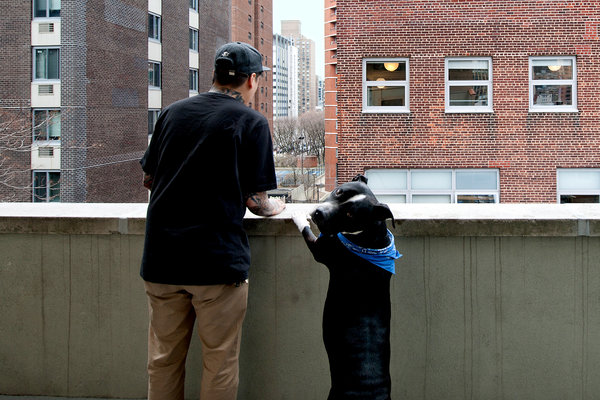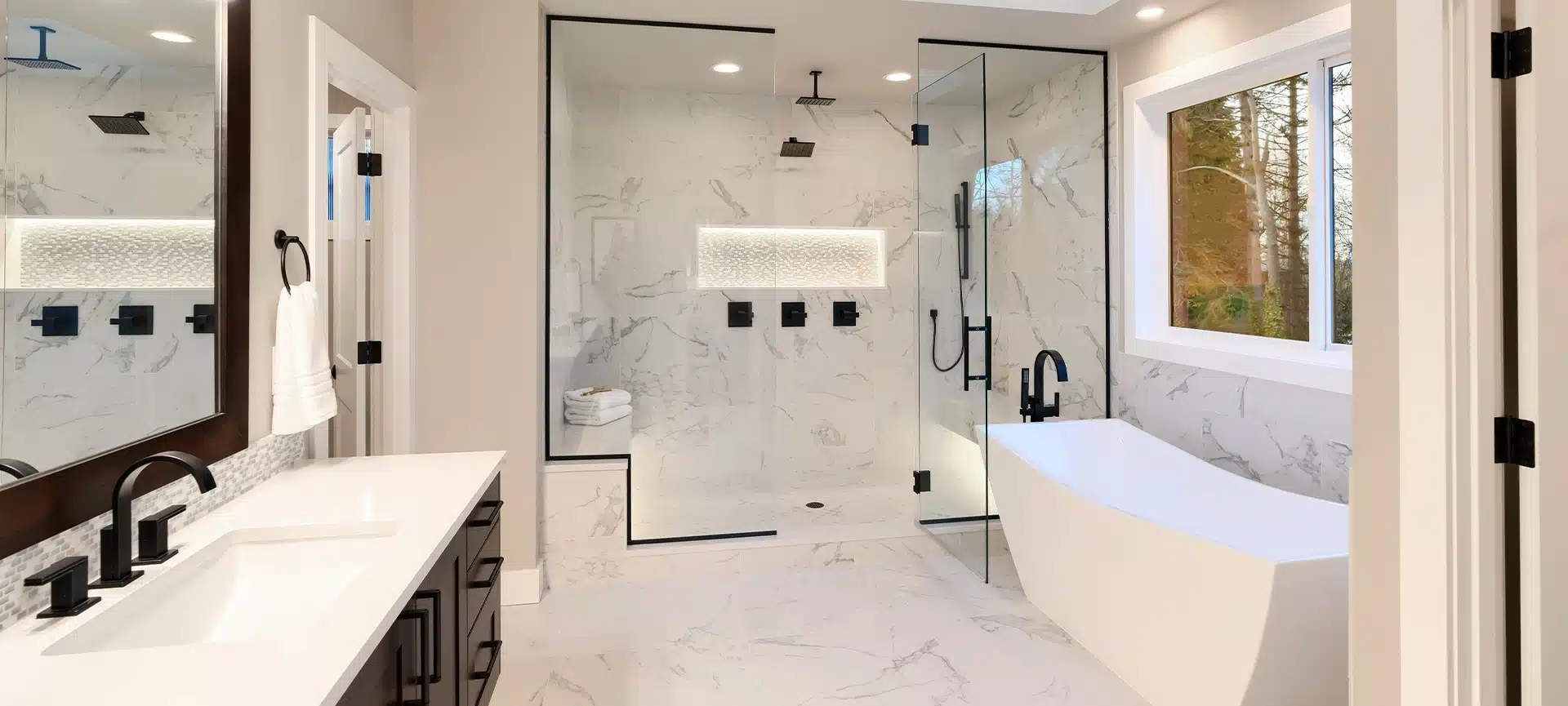Home Planning & Renovations
NYC Apartment Pets: The 411
By Tiffany Smolick
For this week’s blog installment, we’d like to shift gears a bit and give some insight into a slightly different topic, although not less important than design and remodeling: apartment pets.
Moving to an apartment with a beloved pet can have it’s challenges, but if the situation is properly handled, the reward can be well worth the effort. Using some or all of the tips highlighted here, we hope you are saved some aggravation in making sure your apartment pets are welcome in your home, as well as in the building by your neighbors.
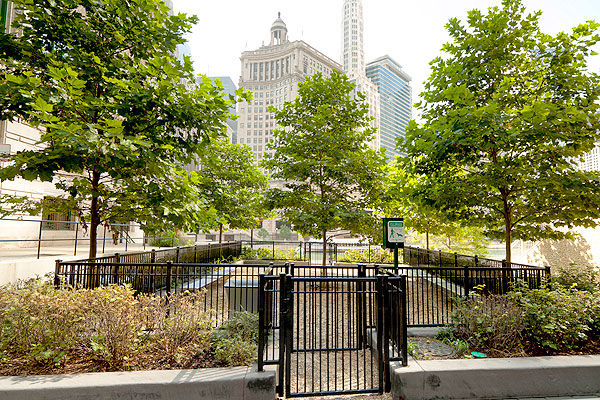 photo courtesy of www.dogster.com
photo courtesy of www.dogster.com
MOVING WITH YOUR APARTMENT PETS
It is important that you make use of all resources at your disposal in identifying properties that do allow pets, and more specifically, pets of your type, breed, and size. There are several apartment search websites available that have a filter option usually labeled “pets allowed” or “dogs” or “cats.” This search feature will save you a lot of headaches in the future when you have narrowed down your search and are actually out looking at chosen properties.
However, I will add, and this is from personal experience, if you do find a property that you absolutely love, it is always worth a shot to actually call the property or property manager and specifically ask about their pet policy. Sometimes, the property is listed incorrectly, or is actually “flexible” about their no pet policy. It’s a simple phone call that cannot hurt to be had, just be prepared for the ugly resounding “no!”
This brings me to my next bullet point, be prepared to hear some not so nice words or attitude thrown your way when inquiring about apartment pet policies. But to help keep your emotions intact, try and put yourself in the shoes of a rental property owner or apartment manager, rental property owner, apartment manager, or condominium association board member for a moment. They may have had bad experiences with irresponsible pet owners who didn’t safely house their animals, sneaked pets in to an apartment, or moved out leaving ruined carpets and drapes behind. These managers may be worried about complaints from neighbors in other apartments about barking dogs and wonder how they are going to deal effectively with pet owners if problems arise. All of these concerns are legitimate.
INITIAL TRAINING
For many city-dweller pet owners, having a huge yard around your home, or nearby park where your pet can run freely without worry is a convenience that has been sacrificed in order to call the big city “home.” Living on the 20th floor of a high-rise downtown can present it’s own set of challenges when house-training your dog (or pig, or large cat, or whatever other legal pet your heart might desire). Teaching your pet to use newspaper, pee pads, or a litter box may be a very real option, especially if you are elderly, in a limited mobility situation, or work long hours away from home.
Fortunately, most indoor pets can be house-trained relatively easily, and the younger your pet is when training is started, the more successful your chances are at having a very tidy pet. Indoor training requires the same strict adherence to a schedule as outdoor training, the only difference is that you will be placing your pet on training pads or newspaper instead of heading outdoors.
 photo courtesy of www.sfcitizen.com
photo courtesy of www.sfcitizen.com
SHARING SPACE
Inside your home, create a special place just for your pet to relax and keep his or her toys or “stuff” close by. This might be a quiet corner where you keep a bed or crate, or another soft surface to lie on, plus a basket or bin of toys for your pet with or chew.
All of your pet’s exercise doesn’t need to be outdoors. Try taking playtime inside, especially during cold months. You can play a normal game of fetch down a hallway, or even play a softer form of fetch where you roll the ball rather than toss it. You can also wrestle, play tug of war, or enjoy other interactive toys indoors.
Dogs and many other types of apartment pets are typically intelligent and most can easily adapt to the apartment lifestyle. You can make things easier on your pet by establishing and sticking to a routine. Set times for potty breaks, feeding, walking, and playing. In addition to helping your loved one feel comfortable in your apartment, sticking to a routine will also help to prevent accidents on your apartment floor.
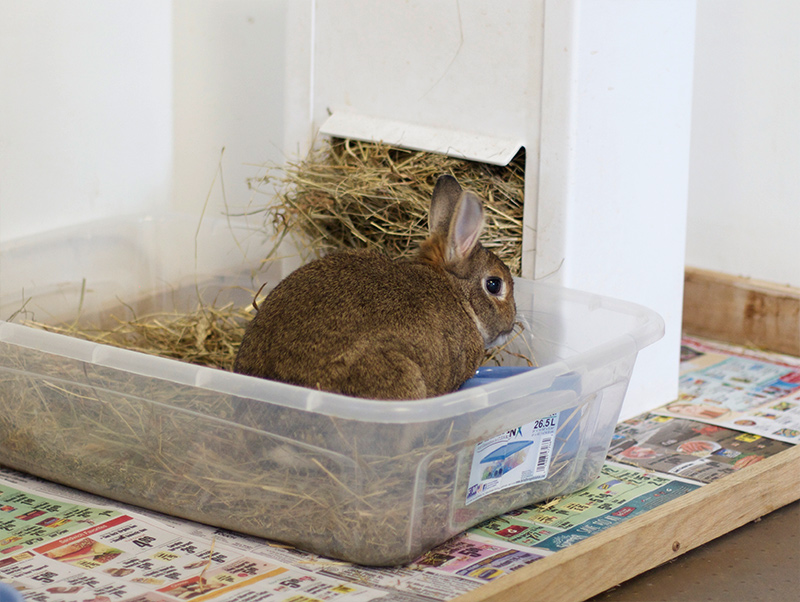 photo courtesy of www.myhouserabbit.com
photo courtesy of www.myhouserabbit.com
HAPPY PETS MAKE HAPPY OWNERS
One advantage to living in the city with a pet is the overwhelming availability of a pet-sitter or dog walker (or pig walker). New York City, especially, has hundreds of available pet walkers at your beckoned call. Many pet service companies even have an app for your phone or tablet that allows you to create an account online and order services for your pet right from your phone, instantly!
The city also is becoming more and more dog friendly with opening up spaces for your dog to roam via dog parks and lessened restrictions on public park spaces.
And finally, there is growing interest for pet edibles here in the city. Some companies will even cater to your specific pet’s dietary needs to create custom dishes or treats for purchase locally or to be delivered directly to your door.
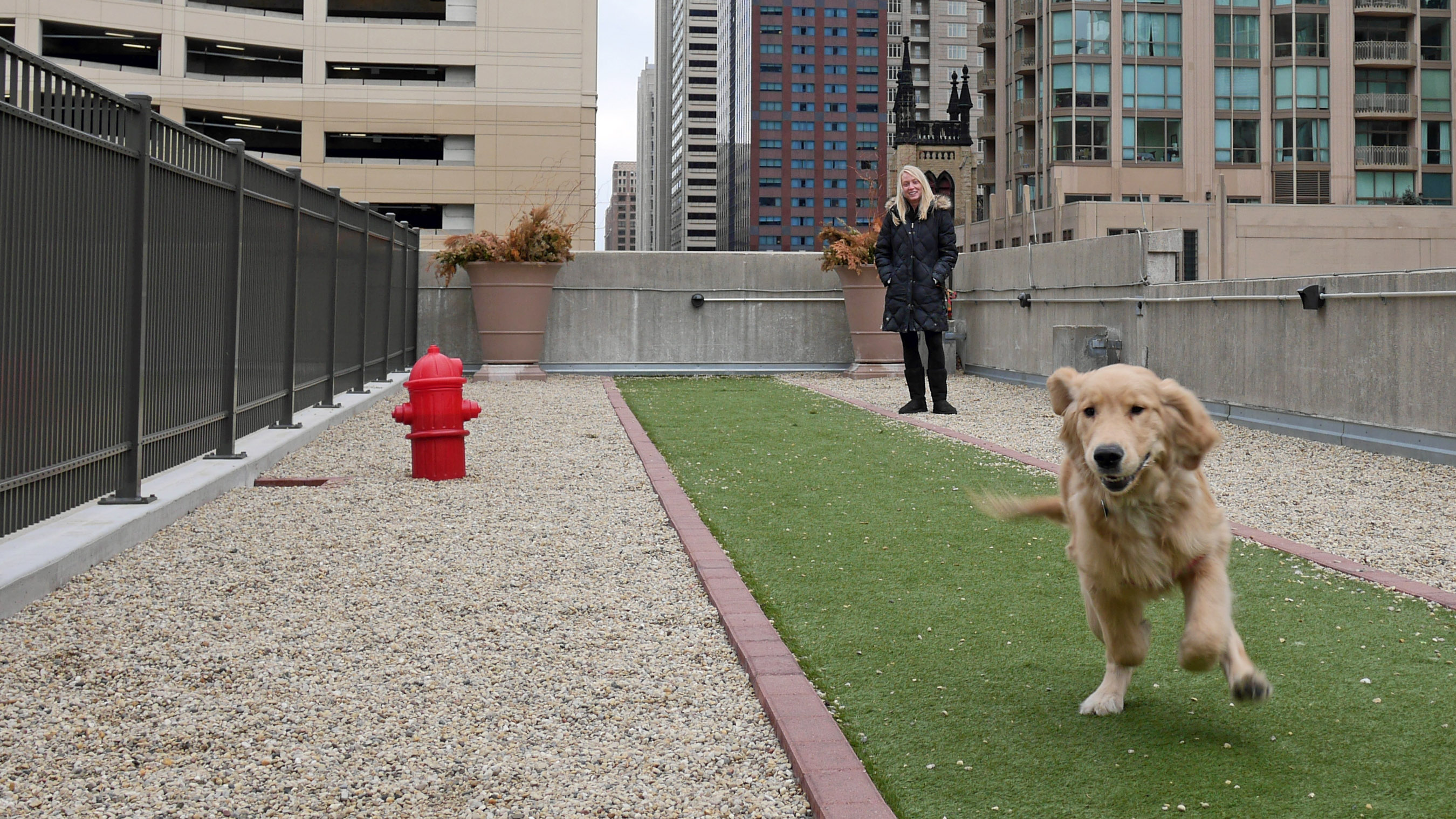 photo courtesy of www.yochicago.com
photo courtesy of www.yochicago.com
IN SUMMATION
If it seems like it would be a lousy idea to keep a big dog in a small apartment, keep in mind that plenty of mid-to-large breed dogs are actually quite low energy and wouldn’t mind one bit. Consider Greyhounds, these dogs are accustomed to working in short bursts of energy, but are happy to be couch potatoes the rest of the time.
Regardless of breed, dogs are adaptable and can be happy living just about anywhere, as long as their pet parents satiate their need for exercise, comfort, and mental stimulation.
